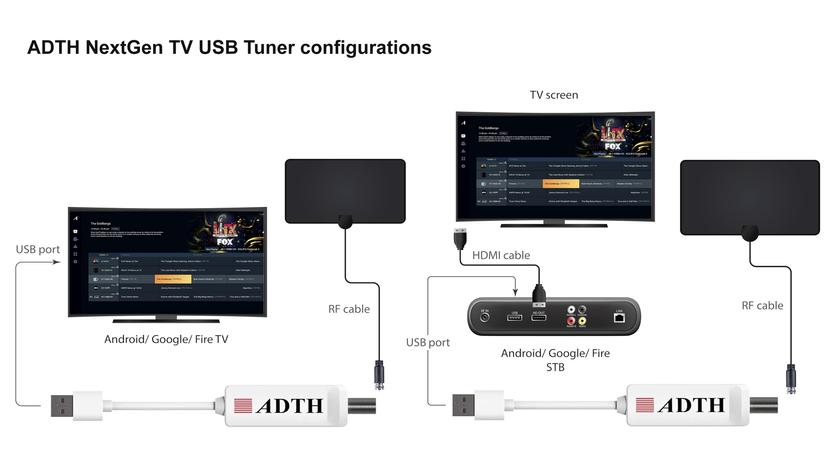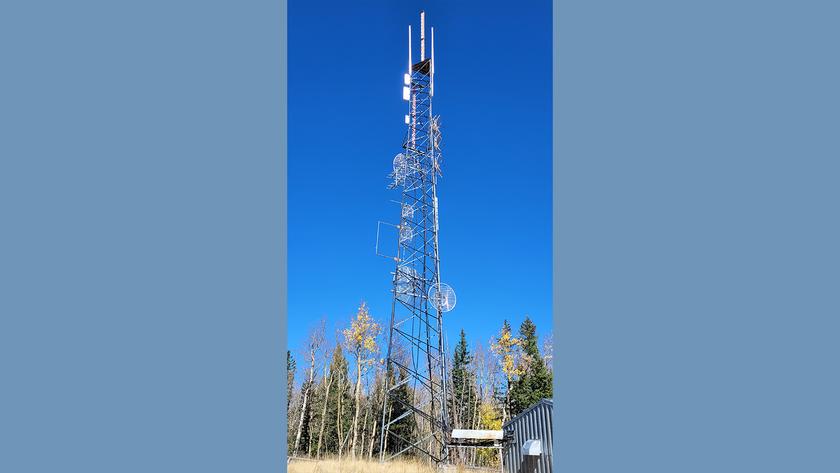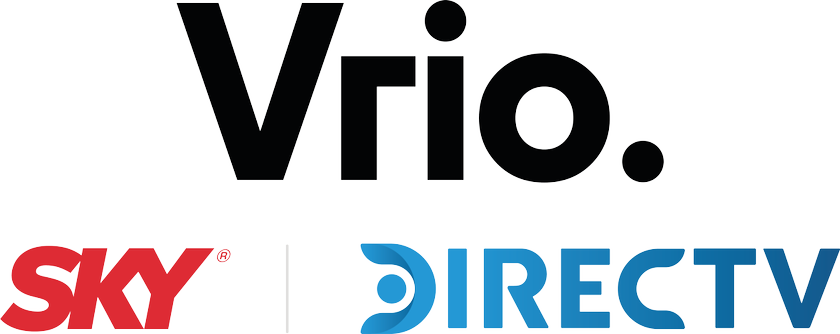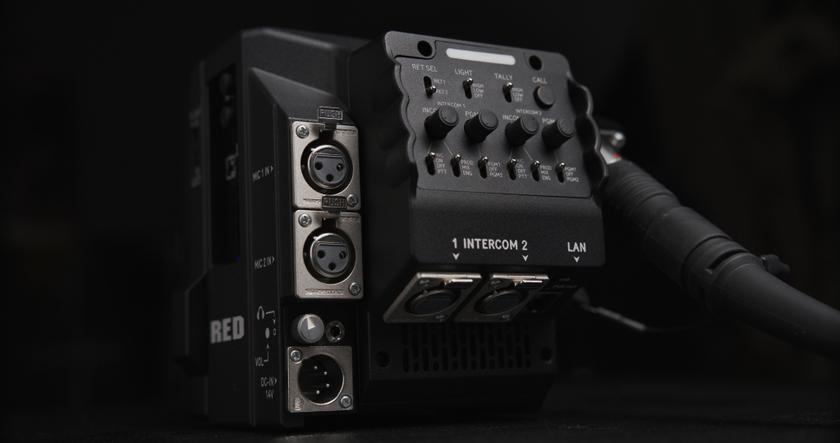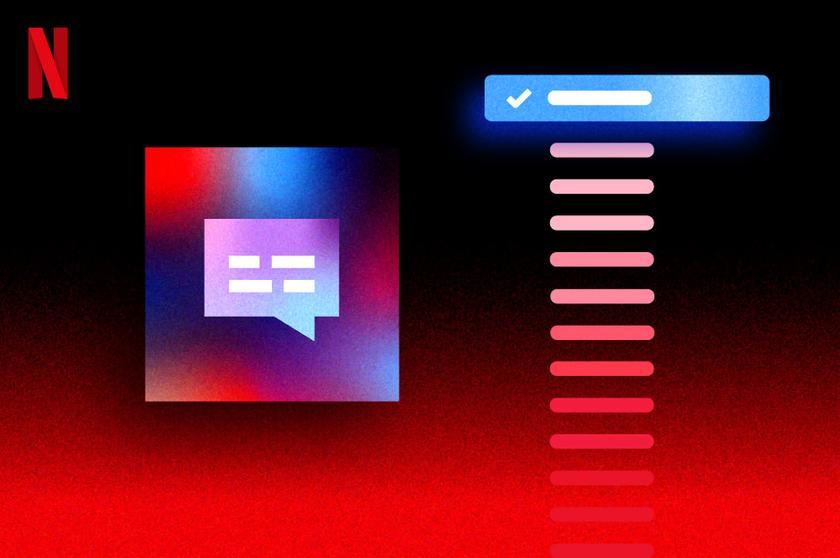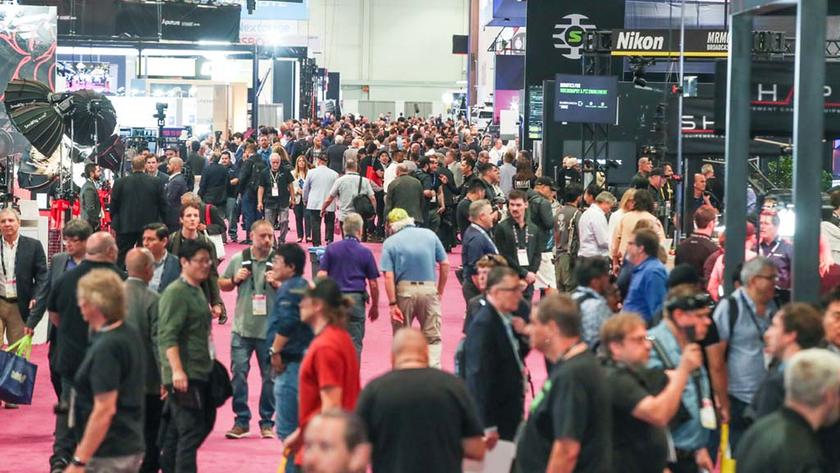Multiviewers Are Now ‘Multi-Doers’
PADUCAH, KY.—It doesn’t really matter if it’s in a studio, tech core, remote production, or SNG/ENG vehicle, rear space matters, viewing space matters, power consumption matters, and workflow matters. No matter what your task, there is likely a multiviewer for you.
LEAN AND POWERFUL

Blackmagic Design’s UHD Multiviewer 16 For fast-paced production where space and power are at a premium, vendors are on the ball. Even before it was popular, energy efficiency was important to broadcasters, from financial, reliability, and portability standpoints.
“Our customers want a compact, powerful multiviewer with specific features, and many are buying our Atem production switchers just for its multiviewer tool,” said Bob Caniglia, senior regional Manager, Eastern North America at Blackmagic Design. To address the demand for 4K, at last fall’s IBC Show, the company debuted a UHD multiviewer, with BNC connections, SD/HD or UHD up-scalers, and which operates up to 6 GbE.
According to Thomas Tang, president of Apantac, a Portland, Ore.-based provider of multiviewer systems, the company’s Micro Q and Mini Q products are now available in the popular openGear platform. The Q products “can be cascaded from one to 40 inputs,” he said.
Apantac introduced its T# multiviewer, featuring a “virtual matrix”-type operation at the NAB Show. “It runs cooler, it’s quieter, and more dense, and available in 4-, 2-, or 1RU sizes,” Tang said.
MORE CHANNELS, MORE SOURCES
Get the TV Tech Newsletter
The professional video industry's #1 source for news, trends and product and tech information. Sign up below.

Grass Valley Kaleido multiviewers have been upgraded to include the addition of the SCTE 35 standard, enhancements for OTT and HLS and HDMI 2.0 support. IP, streaming, and exception monitoring are becoming more important no matter the size of the facility. With more channels from more sources feeding multiple screens, the old days of master control just don’t cut it.
“Multiviewers are a lead product, and they need to be elastic, to grow,” said Robert Millis, senior project manager, measurement and monitoring products for Imagine Communications. Today’s multiviewers are not just for viewing; they also need to be “multidoers,” to be able to alert operators to issues as soon as possible, and provide the ability to drill down and find problems.
“Sometimes you want to look at keyframes, and sometimes listen to audio,” said Mills, who hinted that new products from Imagine will feature hybrid operations, are scalable, either on-site or in the cloud, along with IP centric products, transcoding, and SDN (software defined networking) Orchestration Layers for cloud monitoring. Millis says their customers require a suite of products that monitor by exception, as not all signals pass through big iron any longer.
In advance of the NAB Show, Grass Valley’s Kaleido MX (baseband SDI) and Kaleido IP (MPEG transport over IP) multiviewers were upgraded to include the addition of the SCTE 35 standard, enhancements for OTT and HLS (http live streaming), and HDMI 2.0, according to Martin Jolicoeur, product manager for multiviewers for the Montrealbased company.
Evertz has added advanced monitoring features such as loudness, macroblock detection, and compliance monitoring with both “main screen” encodes as well as OTT streams including HLS, LSS, HDS and MPEG-DAS to their first generation MVIP multiviewers, according to Ketan Patel, product manager for Evertz in Burlington, Ont.
WHAT ABOUT 4K?
All of the companies contacted for this article have either been supporting 4K (UHD or 2160p, depending on industry) for years, or are now. Although broadcasters are not transmitting 4K yet, anyone who is using or plans to upgrade their multiviewers should definitely pay attention to the emerging format.
According to the 4K standard, a multiviewer configured for a quad split can display four HD signals in full resolution on one UHD monitor. This single advancement in multiviewer technology has changed how they are accepted for quality, size, and performance.
UHD/4K monitors used to be rare, and expensive, but that is no longer the case, as manufacturers are dropping price points, and improving image quality. Caniglia says that Blackmagic Design now offers a 16-inch UHD, geared toward the multiviewer market, and while the screen is not that large, the image resolution more than makes up for size, where space is a concern.
